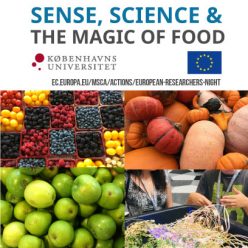Marine resources are part of the urban food systems transformation. And is a great source of learning for kids.
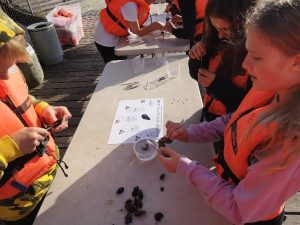
By Jelena Kuzmiconoka, intern at UCPH-IGN and student at GNH-KP
Is seaweed a sustainable solution to feed the growing population? Have we overlooked the value that is hidden in a country surrounded by almost 9.000 kilomters of coastline? And what kind of potential is hidden in dehydration tehncology as a preservation technique? No doubt science and research has a role to play in providing answers. And why now start in Generation Next? As part of SESAM2020 the Langhøj school in Hvidovre has explored scientific dimensions of the marine food ressources. With 4 commited teachers and 75 smart young people. Have a read of this account from our SESAM food science week in the fall.
The SESAM project aims to create interest among young people at school – and families and citizens in general – in how science and research can create solutions to the need for a greener and more future foodsystem. In week 39, as a part of my internship, I, a student from University College Copenhagen, had the opportunity to take part in a project week in Langhøj school in Hvidovre. The school is one of four SESAM schools from different parts of Copenhagen that participate in the EU MSCA Researchers Night program. In the Danish case an “edible version” of the Night has been developed in which we use science to create knowledge that can be transformed into a deeper learning experience.
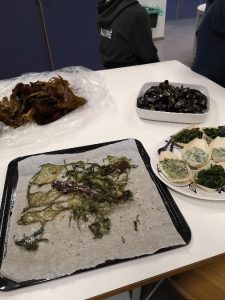 In my preparation my students were divided into different groups and assigned to different labs, and I was responsible for two of them: The Seaweed and The Dry foods Labs. In the Dry Foods Lab, we developed an experiental learning approach on how to use the dehydrators and what they can be used for when it comes to better utilising food resources. Students were invited to use their creativity to develop ideas on how to dehydrate the vegetables and fruits. What they were going to use it for, were up to them. Pupils decided to prepare the meals and use the dehydrated products to see if it compliments their recipe. They were also offered to measure the water content in dry products in comparison to the raw ones, but that will be something they will work on until the final event on the November 27th and 28th 2020.
In my preparation my students were divided into different groups and assigned to different labs, and I was responsible for two of them: The Seaweed and The Dry foods Labs. In the Dry Foods Lab, we developed an experiental learning approach on how to use the dehydrators and what they can be used for when it comes to better utilising food resources. Students were invited to use their creativity to develop ideas on how to dehydrate the vegetables and fruits. What they were going to use it for, were up to them. Pupils decided to prepare the meals and use the dehydrated products to see if it compliments their recipe. They were also offered to measure the water content in dry products in comparison to the raw ones, but that will be something they will work on until the final event on the November 27th and 28th 2020.
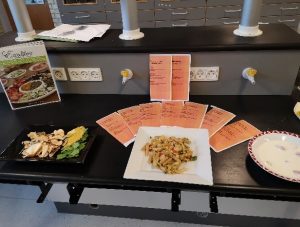 In the Seaweed Lab me and the pupils developed familiarity with how widely the seaweed is used and how many types are to be found in the nature. The students also got to try different types in order to get familiar with the umami taste, and see if it can be extracted and used with other foods. They also participated in a workshop about the mussels and that was a great way of introducing students to the importance of the sea life and the environmental issues, that can be solved if the mussels and seaweed are used to feed a growing population of the world. Students saw how the mussels live, how they can be cultivated, how they filter the water, how you can prepare them and even got to eat them in the end. The final presentation of the project of this Lab will also be presented at the SESAM closing event on November 27 – 28. And it ois not reserved for kids alone. You can watch as well. Our host will be Sci-Tech journalist Anja Philip. On Saturday November 28 at 11.00 we go live and broadcast the SESAM science show. Stay tuned at the SESAM Facebook group.
In the Seaweed Lab me and the pupils developed familiarity with how widely the seaweed is used and how many types are to be found in the nature. The students also got to try different types in order to get familiar with the umami taste, and see if it can be extracted and used with other foods. They also participated in a workshop about the mussels and that was a great way of introducing students to the importance of the sea life and the environmental issues, that can be solved if the mussels and seaweed are used to feed a growing population of the world. Students saw how the mussels live, how they can be cultivated, how they filter the water, how you can prepare them and even got to eat them in the end. The final presentation of the project of this Lab will also be presented at the SESAM closing event on November 27 – 28. And it ois not reserved for kids alone. You can watch as well. Our host will be Sci-Tech journalist Anja Philip. On Saturday November 28 at 11.00 we go live and broadcast the SESAM science show. Stay tuned at the SESAM Facebook group.
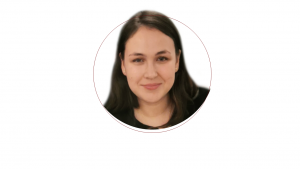
Jelena Kuzmiconoka is a student at GNH, KP and intern at the SESAM 2020 project team at UCPH, Department of Geosciences and Natural Resource Management.
Thanks to Sune Agersnap, PhD at Institute for Biology – Genetics, Ecology & Evolution at Århus University and member of the Board in Havhøst. Also thanks to Anne Mette Lundsteen Ditlevsen from School of Langhøj in Hvidovre.
